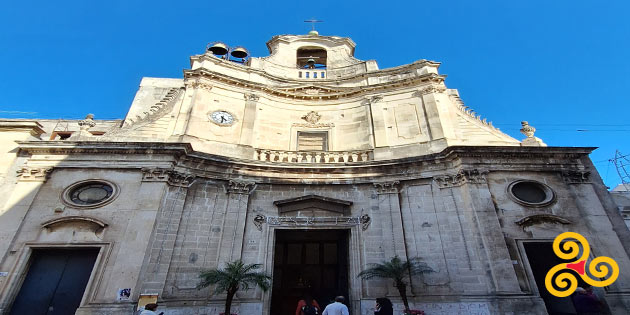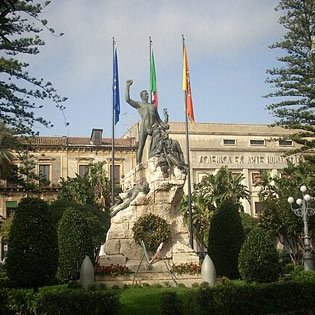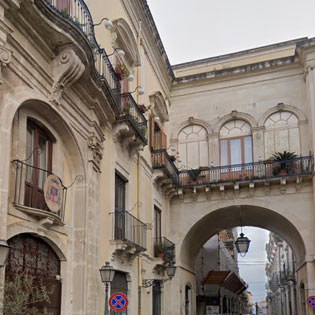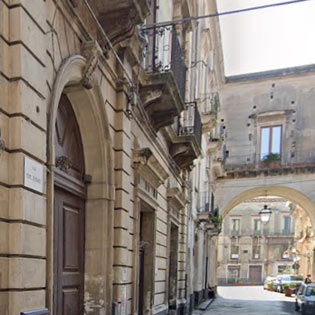Church of San Rocco in Acireale
The Church of San Rocco in Acireale is a building of worship with a particular concave façade in Baroque style.
It was built in the second half of the nineteenth century on the site of an older church, built in the sixteenth century. In fact, in this same place, starting from the 16th century, outside the city walls, a lazaret stood for the hospitalization of plague patients, and in 1526, when a terrible epidemic hit the city, a church dedicated to St. Rocco, the patron saint of those who had the plague. In 1619 the church was entrusted to the Minimi friars of San Francesco di Paola who founded a hospice for the poor. In 1634 the church was rebuilt and housed the Opera della Compagnia di Orazione e Morte, managed by the brotherhood of San Rocco. In the first half of the 17th century the building was enlarged and embellished and the façade of the church was redone based on a design by the architect Francesco Patanè, completed in 1682 by his nephew, the engineer Raffaele Patanè, who created the characteristic concave façade in Baroque style.< br>In 1881 the adjoining convent of the Dominican Fathers was built, founded by Father Vincenzo Lombardo, restorer of the order in Sicily.
The interior of the Church, in neo-Gothic style, was entirely rebuilt in the 1960s with the elimination of the quadripartite vaults of the side naves. It has a single side chapel dedicated to Santa Rita da Cascia which houses a wooden statue from the beginning of the 19th century and a fresco depicting the Souls of Purgatory in prayer in front of the Crucifix, created on a wall of the old church, the work of Matteo Ragonisi, dating back to around the second half of the 1600s.
Among the works kept inside the church we remember the canvas depicting Saint Thomas and the Madonna of the Rosary with Saint Catherine and San Domenico which testifies to the presence of the Dominicans in the temple.
Of particular value are the seventeenth-century canvas by Matteo Ragonisi retouched by Matteo Desiderato in the nineteenth century which portrays San Rocco; and the four candlesticks, votive candles of the ancient guilds of shoemakers, bricklayers, carpenters, bakers and fishmongers which were sculpted between the seventeenth and eighteenth centuries and which, during the celebrations in honor of Santa Venera, the main patroness of the city and of the Diocese of Acireale, are carried in procession.



